Bruce Carlyle Gilberd began his ordained ministry as a curate at Devonport.
He was vicar of Avondale from 1968 to 1971, where he was able to express his great compassion for people of all kinds, for their own sake. Essentially a pastor and theologian as well as a visionary, he was able to combine an open catholic view of mission, while being very practical and down to earth. He was a natural planner. His pithy approach to prose and to witness developed here.
Bruce gained further experience in these ways through secondment to Egglescliffe on Teesside in the United Kingdom as an industrial chaplain. God does not live in churches but in all the created world. God so loved the world, so it is not just the church, that whom the only beloved son was given.
On his return to Aotearoa, he became director of the Interchurch Trade and Industrial Mission (ITIM) in Wellington, developing the experience he had enjoyed in England. He commended himself and many others when they entered factories and offices, other business and NGO spheres with a winsome and immediate sense of humanity and care. I can remember him appealing to a synod to think outside the church square and to find God’s grace in everyday work places. Many of us followed Bruce into those places.
From 1980 to 1985, he was a lecturer at St John's College, Auckland, where he was asked to develop Theological Education by Extension, (TEE) in order to reach out to people of all kinds in all parts of the country, training for ministry of any kind, ordained or lay.
Bruce always went for the heart of the matter when it came to ministry skills, and wanted good group dynamics and basic human dignity, with emotional intelligence, rather than dogmatic rigour.
He coordinated the newly emerging diocesan ministry educators of the church into a network and worked to delegate and enable wherever he could. In this he was more like a high flying eagle than a picky kakapo.
It was during this time and for this reason that he began to analyse with others, the intentions of the original Auckland-based Saint John’s Trust, with its inclusion of Christian education of all kinds, not just the support of ordinands in a residential theological college.
This analysis and the reforms that followed helped, with others, on the Trust Board, to distribute resources all over the country in a transformative way, while not neglecting the college of St John the Evangelist. Our church today is unthinkable and inoperable without this resourcing.
Bruce was ordained as Bishop of Auckland on 7 December 1985 , where he sought to share all the insights and priorities of the mission of the previous 18 years. A unique and ground-breaking aspect of his episcopate was the introduction of a care of creation representative for the diocese, long before this became politically correct.
This emphasis on the integrity of God’s creation, our only home, stayed with him all his life, and turned into courageous and committed public action in retirement in Tairua. The grain ran true with Bruce, a man for all seasons.
Throughout this life, a partnership with Pat was lifegiving in so many ways, as was evident to those who have the privilege of knowing an loving them both. Pat you are a minister of the grace of God in your own special way.
As a bishop Bruce was more of a mediator than an overlord. He preferred to be clear, compassionate and responsive rather than operate by remote control.
This was demanding and complex in a diocese like Auckland, but he always strove to ask the most fundamental human questions about God and humanity. His meetings often began with a round the group catch up on people’s recent life experiences. He thought that this was as important as the agenda and might even improve it.
Bruce’s friendship with Bishop Waiohau Te Haara, and with many in Tikanga Māori is testament to his essential Treaty orientation. The combined work of both bishops at the Vaughan Park Retreat Centre in Long Bay is a lasting testament to this. Today it is a prototype amongst others, of what we are becoming and might become.
In 1985, when the ministry educator (TEE) network held a function where Bruce was the Bishop elect of Auckland, Bruce read out an old memorial stone text he had spotted in Exeter Cathedral. It was in memory of bishop George Lavingdon Bishop of Exeter. These are the words, which must have engaged and amused him as he thought about episcopacy:
“A constructive, animated and convincing preacher…his presence was endeared to his clergy by an easy access and graceful hospitality, a winning conversation. Indulgent candour sweetened his government…
At length, having eminently discharged the duties of a man, a Christian and a prelate, prepared by habitual meditation, to resign his life without regret, to meet death without terror, he expired, with the praises of God upon his lips”
I don’t think Bruce thought then that this is what we would think of him now, but I do.
Well done thou good and faithful servant of the God of all the earth, of all that lives and breathes. Your breath has returned to the One who gave it to you in the first place, the first and the last of all things, to whom be glory for ever and ever.






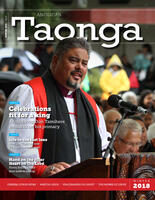
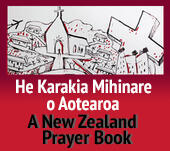
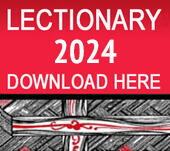


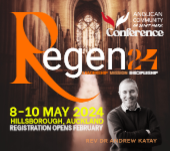
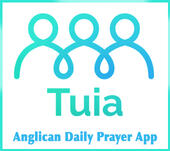

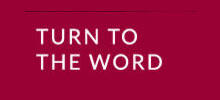


Comments
Log in or create a user account to comment.